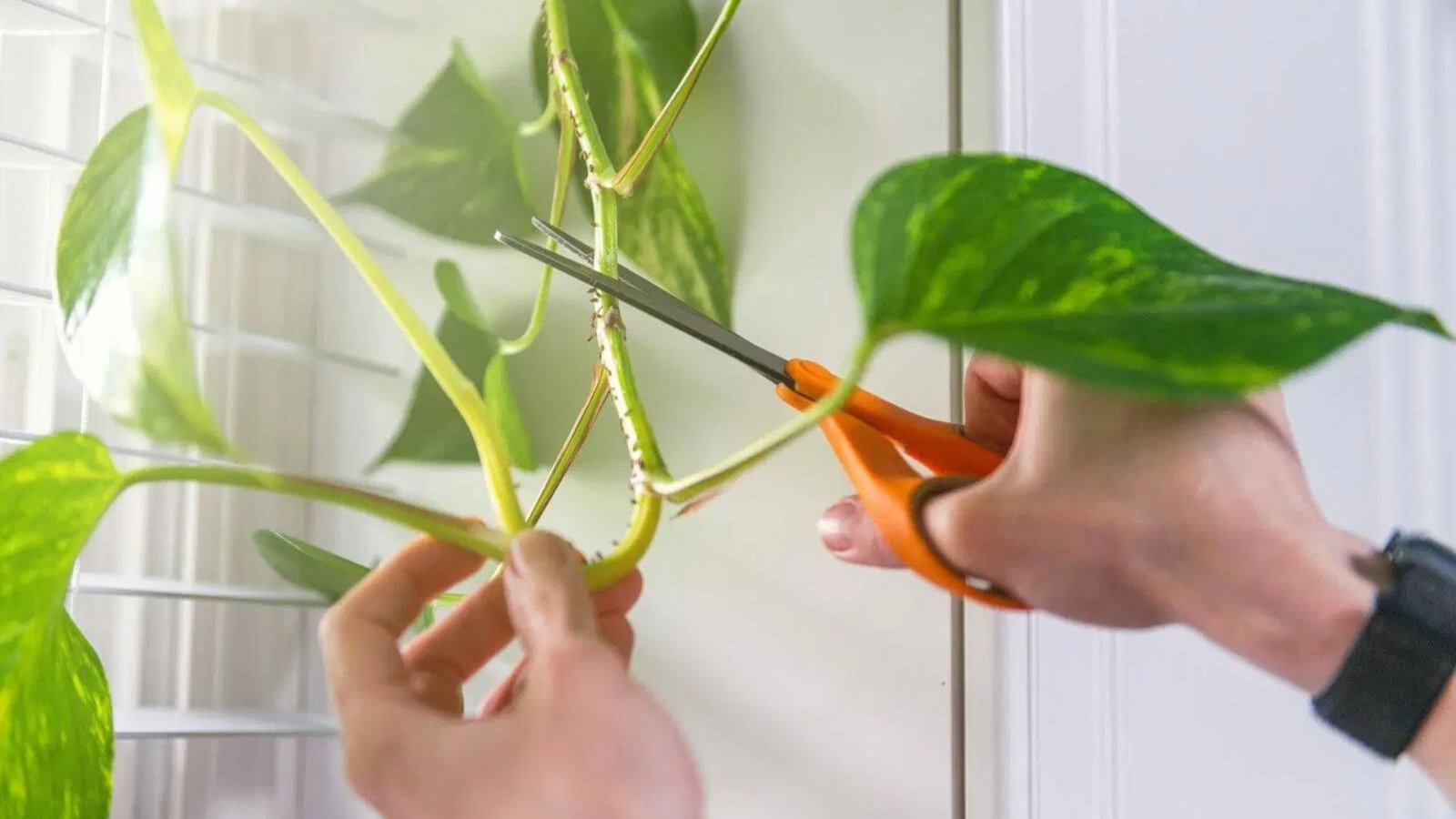Pruning is an essential gardening task that helps maintain the health and appearance of your plants. When done correctly, pruning encourages new growth, enhances flowering, and prevents diseases. Here’s a guide to help you prune your plants correctly, ensuring a beautiful and thriving garden.

Understand Why Pruning is Important
Pruning is more than just cutting off parts of a plant. It serves several key purposes that contribute to the overall health and vitality of your garden.
Benefits
- Promotes Growth: Pruning encourages plants to produce new, healthy growth.
- Shapes Plants: Helps maintain a desired shape and size, preventing plants from becoming overgrown.
- Prevents Diseases: Removing dead or diseased parts of a plant prevents the spread of disease.
- Enhances Flowering: Proper pruning can increase the number and quality of blooms.
Gather the Right Tools
Having the right tools makes pruning easier and more effective.
Essential Tools
- Pruning Shears: Ideal for small branches and stems.
- Loppers: Used for thicker branches that are too tough for pruning shears.
- Pruning Saw: Necessary for cutting larger branches.
- Gloves: Protect your hands from thorns and sharp edges.
Know When to Prune
Timing is crucial when it comes to pruning. Different plants have different pruning schedules.
General Guidelines
- Spring Bloomers: Prune immediately after flowering to avoid cutting off next year’s buds.
- Summer Bloomers: Prune in late winter or early spring before new growth starts.
- Evergreens: Prune in late winter or early spring, before new growth begins.
How to Prune
Pruning techniques vary depending on the type of plant and the reason for pruning. Here are the basic steps:
Steps
- Inspect the Plant: Look for dead, diseased, or damaged branches that need to be removed.
- Make Clean Cuts: Use sharp tools to make clean cuts at a 45-degree angle. This prevents water from collecting on the cut surface, which can cause rot.
- Cut Back to Healthy Tissue: Remove any dead or diseased wood back to healthy tissue. This may mean cutting back to a main branch or the trunk.
- Thin Out: Remove excess growth to improve air circulation and light penetration. This is particularly important for fruit trees and flowering shrubs.
- Shape the Plant: Trim to maintain the desired shape and size. Always cut back to a bud that is facing the direction you want the new growth to take.
Special Pruning Techniques
Some plants require special pruning techniques to thrive.
Roses
- Remove Dead Wood: Cut out any dead, damaged, or diseased wood.
- Shape: Prune to maintain an open shape that allows air to circulate.
- Encourage Blooms: Cut back to a strong outward-facing bud.
Fruit Trees
- Thin Out Crowded Branches: This allows light to reach all parts of the tree, promoting better fruit development.
- Remove Water Sprouts: These are vigorous, upright shoots that can crowd the tree.
Aftercare
Proper aftercare ensures that your plants recover quickly from pruning.
Tips
- Watering: Water the plant well after pruning to help it recover.
- Fertilizing: Apply a balanced fertilizer to encourage new growth.
- Mulching: Add a layer of mulch around the base of the plant to retain moisture and suppress weeds.
Conclusion
Pruning plants correctly is a vital skill for any gardener. By understanding the benefits, using the right tools, knowing when to prune, and following proper techniques, you can keep your garden healthy and beautiful. Happy pruning!











